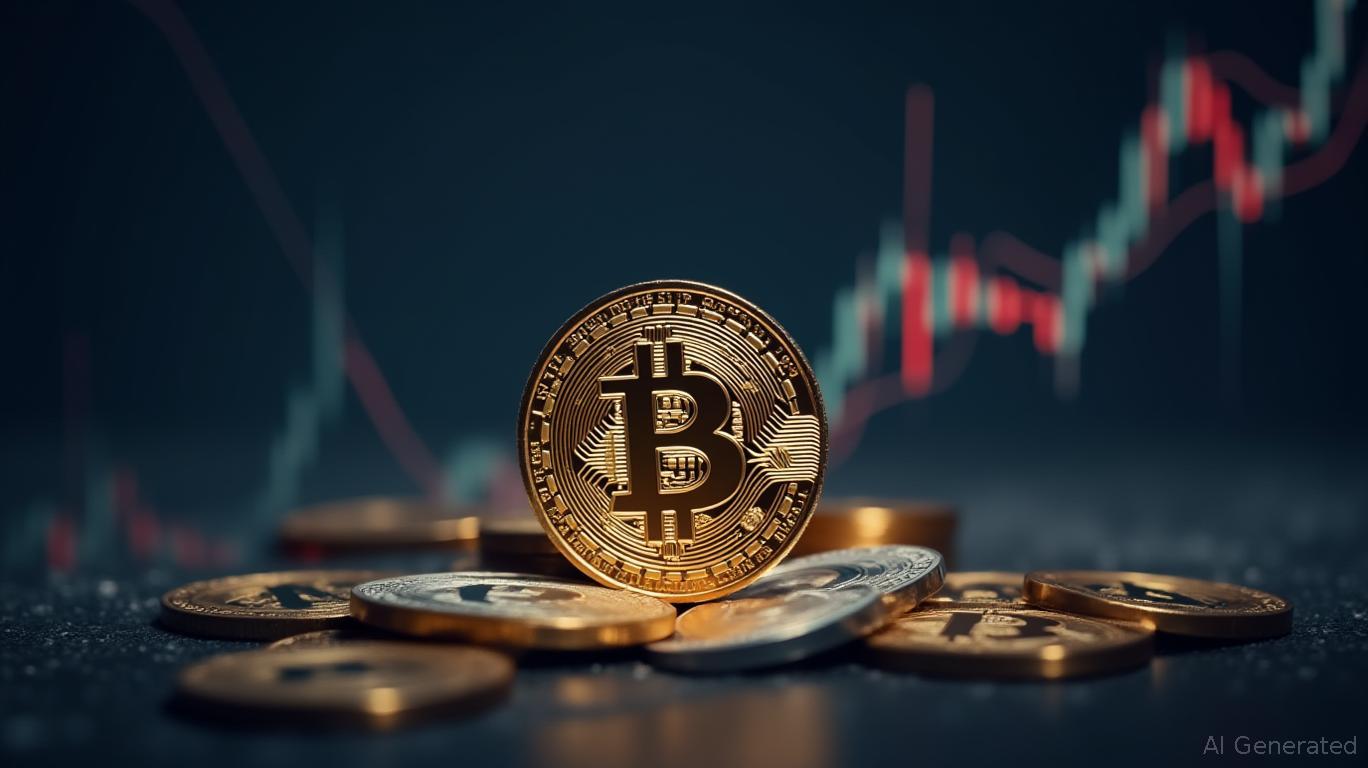- BTC buying by crypto treasuries dropped significantly
- October 10 market crash triggered the pullback
- Market uncertainty and caution driving the slowdown
Crypto treasuries have gone unusually quiet after the sharp market crash on October 10. According to David Duong, Head of Institutional Research at Coinbase, Bitcoin ($ BTC ) purchases by these companies have dropped to near year-to-date lows. The entities once responsible for steady inflows into BTC are now sitting on the sidelines, and the market is starting to feel the impact.
This sudden decline in activity signals a shift in sentiment among crypto-native firms managing treasury assets. These companies typically allocate a portion of their capital to Bitcoin, either as a hedge, a strategic reserve, or part of a long-term investment strategy. Their silence since the crash suggests they are either reassessing their positions or waiting for more favorable conditions.
What Triggered the Retreat?
The pullback began immediately after October 10, when the crypto market saw a sharp dip in prices, wiping out billions in value. While Bitcoin has somewhat stabilized since then, the damage seems to have shaken confidence among treasury managers.
Several factors may be behind the decline in BTC buying:
- Market Volatility: The sudden crash may have triggered risk-off behavior. Treasury managers could be waiting for clearer price stability.
- Regulatory Uncertainty: With increasing scrutiny over digital assets globally, companies may be holding off major purchases until there’s more legal clarity.
- Macroeconomic Pressures: Broader economic concerns, such as interest rates and inflation, may also be forcing companies to stay liquid rather than invest in volatile assets.
What It Means for Bitcoin
The retreat of crypto treasuries has coincided with reduced institutional momentum in general. With less buying pressure from these firms, Bitcoin’s price could face more difficulty in breaking resistance levels in the short term. However, if the market regains confidence, these treasuries could return with fresh capital, potentially fueling the next leg up.
Until then, all eyes are on institutional behavior and macro trends to determine when—or if—these “ghost” treasuries will come back to life.



